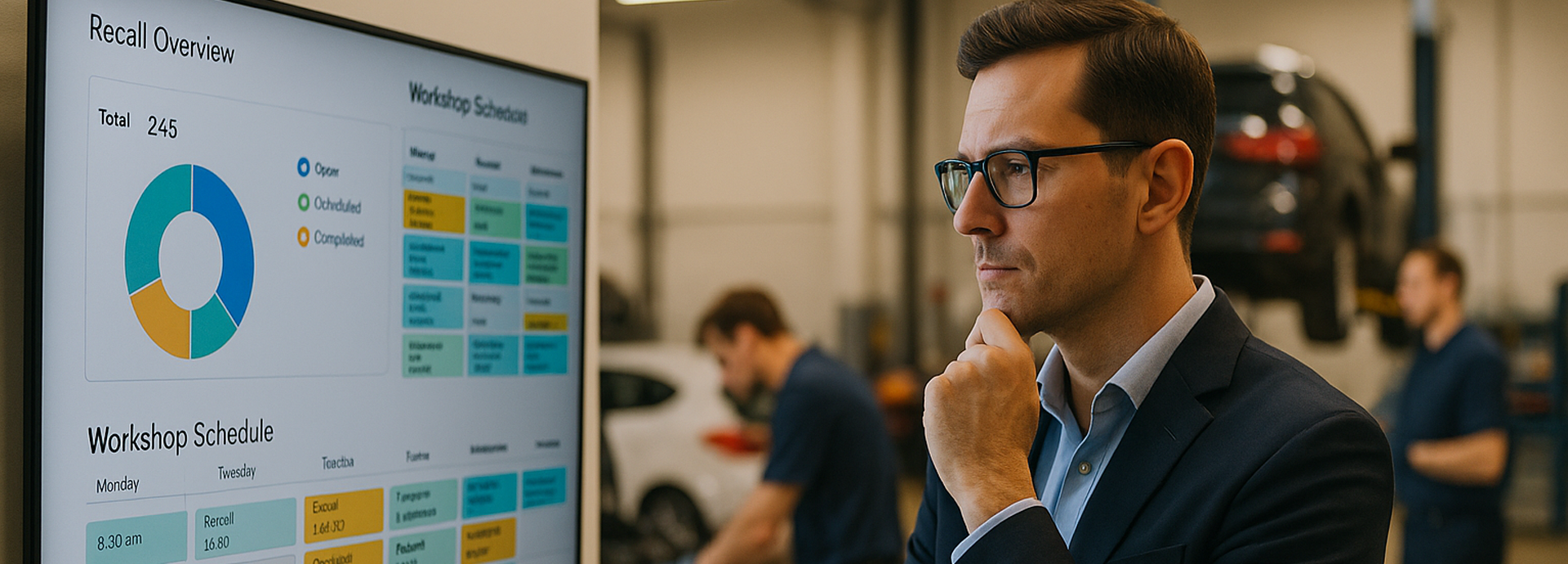For years, dealerships have been told that the CRM should sit at the center of their customer engagement strategy. Platforms like Hubspot and Salesforce became the go-to solutions for managing leads, running campaigns, and tracking customer interactions. But here’s the uncomfortable truth: what worked for SaaS companies and B2B marketers doesn’t work in automotive retail.
The CRM was never designed to handle the fast, complex, and highly personalized customer journeys of dealerships. And it’s why relying on Hubspot, Salesforce, or any generic CRM is costing dealerships sales.
The future belongs to AI-driven, automotive-specific funnels that don’t just store customer data: they act on it.
Why Hubspot, Salesforce (and CRM marketing) are the wrong tools for the job
1. CRMs are built for storage, not speed When a new lead comes in, every second counts. Yet CRMs like Hubspot or Salesforce require multiple clicks to update a record, assign follow-ups, or create a campaign sequence. In a dealership context, that means wasted time, slower responses, and lost opportunities. Speed is the new sales advantage, and generic CRMs aren’t built for it.
2. CRMs create clutter instead of clarity Because Hubspot and similar systems store every contact, they quickly become overloaded with cold, duplicate, or low-value leads. Sales teams spend more time sifting through irrelevant data than speaking with real buyers. The result? Missed opportunities and bloated software bills.
3. CRM workflows don’t match automotive reality Customer journeys in automotive are non-linear. A buyer might send an online inquiry, disappear for weeks, then show up at the showroom unannounced. Hubspot and Salesforce’s rigid workflows weren’t designed for this. Dealerships need tools that adapt to customer behavior in real time, not ones that force them into a static funnel.
4. The cost trap Most CRMs charge by contact volume. That means every unqualified lead, inactive customer, or unsubscribed email bloats your costs. Dealerships end up paying premium prices for contacts that will never convert.
5. A soon-to-be obsolete investment Many dealerships are now considering a move to Hubspot or Salesforce, believing these platforms will solve their challenges. But the reality is, by the time implementation is complete, these systems will already feel outdated. Why invest time and money into technology that was never built for automotive retail, and that AI-driven funnels are already replacing?
Why AI changes everything
Automotive funnels don’t need a digital filing cabinet. They need a proactive system that works for sales and aftersales: automatically spotting opportunities, predicting customer needs, and triggering the right action at the right time. This is where AI takes over.
- Faster conversions: AI instantly qualifies leads, enriches missing data, and proposes the best next step. Instead of sales reps digging through fields, they get a clear, prioritized action list.
- Smarter campaigns: AI-driven segmentation replaces blunt-force email blasts. Campaigns are triggered by service history, contract data, and vehicle usage—ensuring messages land with precision.
- Predictive engagement: AI tools like Radar can forecast when a customer is likely to re-enter the buying cycle, weeks before they raise their hand.
- Retention by design: From smart service reminders in Pitstop to personalized upgrade offers in Flows, AI keeps customers engaged long after the initial sale.
Instead of waiting for your team to act, the funnel acts for you. AI doesn’t just store data, it transforms it into ongoing, revenue-driving engagement.
From static CRMs to dynamic funnels
Hubspot and Salesforce represent the “static funnel” era: capture data, log interactions, and wait for manual activity. AI represents the “dynamic funnel” era: continuously learning, predicting, and acting across the sales and service journey.
Dealerships using AI-powered funnels gain three clear advantages:
- Responsiveness – leads are acted on instantly with the right follow-up.
- Relevance – customers receive tailored messages that fit their vehicle, history, and timing.
- Revenue – by turning service visits, lapsed customers, and hidden signals into actionable sales opportunities.
The business impact: more sales, more loyalty, less waste
The shift from Hubspot- or Salesforce-style CRM marketing to AI-driven funnels isn’t just a tech upgrade: it’s a business model upgrade. Dealerships that move beyond generic CRMs:
- See faster lead-to-sale conversion because manual delays are eliminated.
- Cut costs by keeping CRMs clean and only moving high-value customers into them.
- Increase service retention and upsell through proactive, personalized outreach.
- Protect brand consistency across networks while still enabling local flexibility.
Final thoughts: Hubspot is dead. Long live AI.
Hubspot and Salesforce aren’t failing because they’re bad tools. They’re failing because they were never designed for the unique demands of automotive retail. The dealership funnel can no longer rely on static databases and one-size-fits-all campaigns. AI gives dealerships the ability to be faster, smarter, and more customer-centric than ever before.
The future of automotive sales and service isn’t CRM-first. It’s AI-first.
Ready to see how AI-powered funnels outperform CRM marketing? Schedule a demo with WEBSOLVE today.


